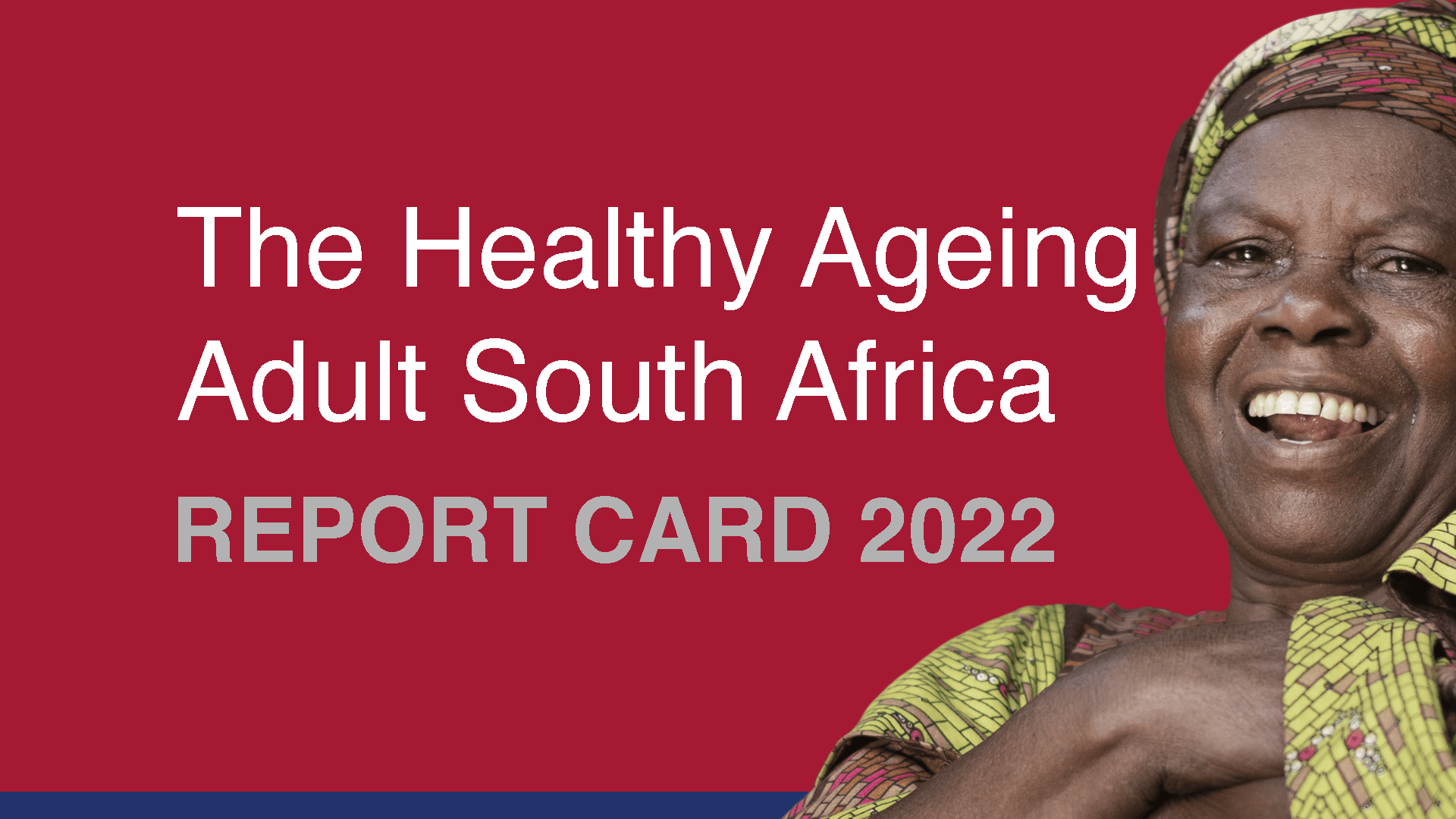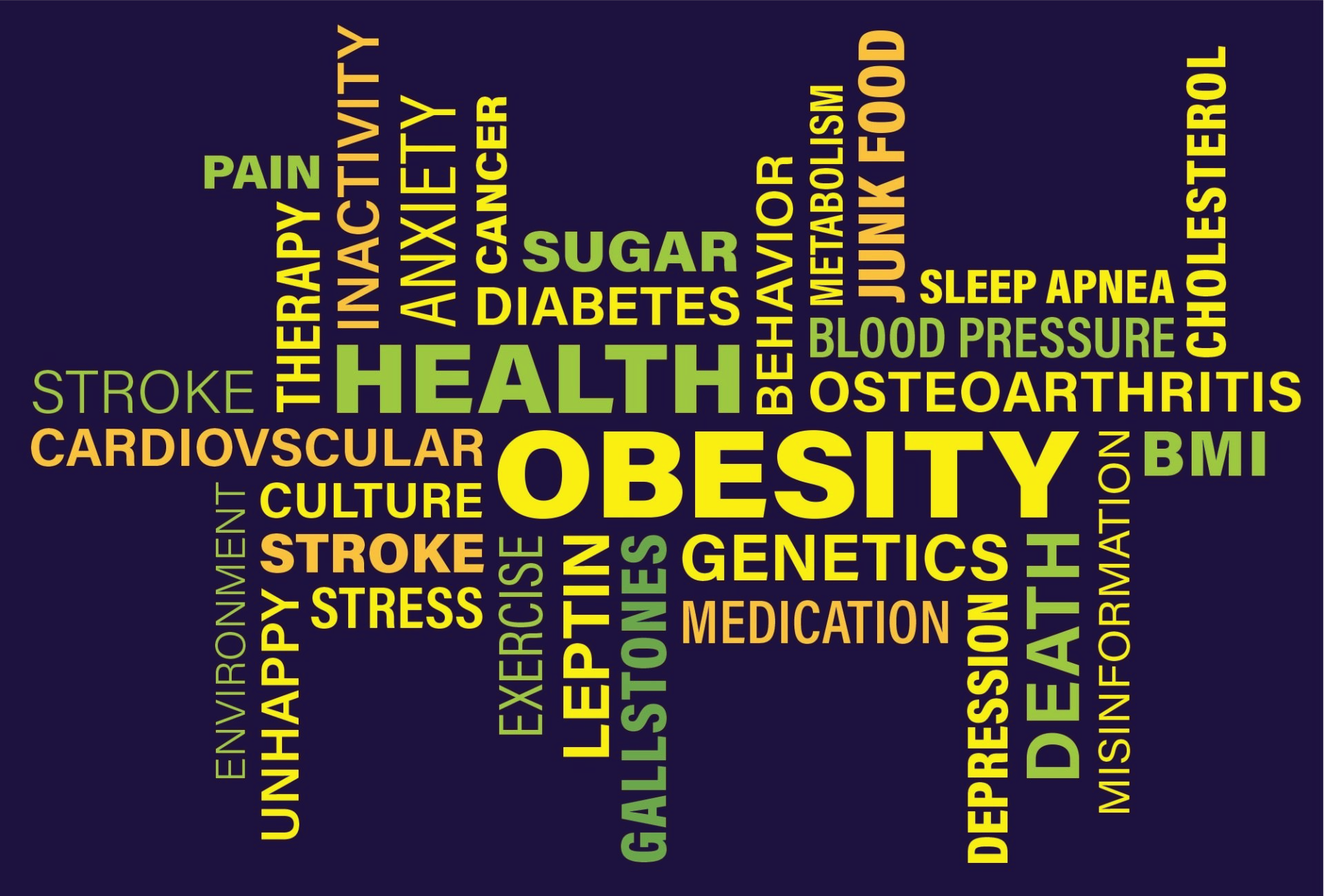OBESITY: ARTICLE What are Obesity and overweight?
by ACTION
The vast majority of overweight or obese children live in developing countries, where the rate of increase has been more than 30% higher than that of developed countries.
Studies have found that without intervention, children and adolescents with obesity will likely continue to be obese into adulthood.
In babies, studies have shown that exclusive breastfeeding from birth to 6 months of age reduces the risk of infants becoming overweight or obese.

What you do matters
Overview
Obesity rates are rapidly increasing in the African Region, as in most parts of the world. Overweight and obesity, particularly in urban settings, are major risk factors for type 2 diabetes, high blood pressure, heart attacks, and a variety of cancers.
There is a common misconception that obesity and other noncommunicable diseases (NCDs) only occur among the wealthy. Poorer populations are experiencing high double-burdens of infectious and chronic diseases. Additionally, sub-Saharan women are far more likely to be obese than men affecting women’s health issues, pregnancy, maternal and infant health.
The greatest risk factors for dying of NCDs are complications with infectious diseases such as HIV, tuberculosis, streptococcus, human papillomavirus, viral hepatitis, rubella, and parasitic diseases such as malaria.
Obesity is affected by many factors including food choices, sedentary lifestyles, genetics, and cultural beliefs. Counterproductively, many countries in the Region view obesity as a sign of prosperity. Sedentary lifestyles are affected by changing modes of transportation, types of work, and increasing rates of urbanization.
The upward shift in obesity is associated with:
increased consumption of high-fat and high-sugar foods;
increased consumption of highly refined and processed foods;
decreased consumption of fruits, vegetables, nuts, and legumes;
increased sedentary lifestyles.
What you do matters
Overweight and obesity are major risk factors for a number of chronic diseases, including cardiovascular diseases such as heart disease and stroke, which are the leading causes of death worldwide. Being overweight can also lead to diabetes and its associated conditions, including blindness, limb amputations, and the need for dialysis. Rates of diabetes have quadrupled since around the world since 1980. Carrying excess weight can lead to musculoskeletal disorders including osteoarthritis. Obesity is also associated with some cancers, including endometrial, breast, ovarian, prostate, liver, gallbladder, kidney and colon. The risk of these noncommunicable diseases increases even when a person is only slightly overweight and grows more serious as the body mass index (BMI) climbs.
Obesity in childhood is associated with a wide range of serious health complications and an increased risk of premature onset of related illnesses. Studies have found that without intervention, children and adolescents with obesity will likely continue to be obese into adulthood.
What you do matters
Many of the causes of overweight and obesity are preventable and reversible. However, no country has yet to reverse the growth of this epidemic. Although other factors are involved, the fundamental cause of obesity is an imbalance of calories consumed and calories expended. As global diets have changed in recent decades, there has been an increase in the consumption of energy-dense foods high in fat and free sugars. There has also been a decrease in physical activity due to the changing nature of many types of work, more access to transportation, and increased urbanization.
Lowering the risk of overweight and obesity includes reducing the number of calories consumed from fats and sugars, increasing the portion of daily intake of fruit, vegetables, legumes, whole grains, and nuts, and engaging in regular physical activity (60 minutes per day for children and 150 minutes per week for adults). In babies, studies have shown that exclusive breastfeeding from birth to 6 months of age reduces the risk of infants becoming overweight or obese.
Key Facts
- Worldwide obesity has more than doubled since 1980.
- In 2014, more than 1.9 billion adults, 18 years and older, were overweight. Of these over 600 million were obese.
- 39% of adults aged 18 years and over were overweight in 2014, and 13% were obese.
- Most of the world's population live in countries where overweight and obesity kills more people than underweight.
- 41 million children under the age of 5 were overweight or obese in 2014.
- Obesity is preventable.
More about Obesity & Resent Articles and Events

Obesity rates are rapidly increasing in the African Region, as in most parts of the world.
There is a common misconception that obesity and other noncommunicable diseases (NCDs) only occur among the wealthy.
Strategy for the prevention and control of Obesity in South Africa - 2015 - 2020
Act today for a healthier future. HSF supports the World Obesity Federation (WOF) in the initiative to stimulate and support practical actions to address obesity.
ACTION
African Centre for Obesity Prevention
PARTNERS
Join our growing list of partners, including:
Preventing obesity for a healthier tomorrow
Business Hours
- Mon - Fri
- -
- Sat - Sun
- Closed
About Us
Contact
Office:
+27 10 447 3721
E-mail:





